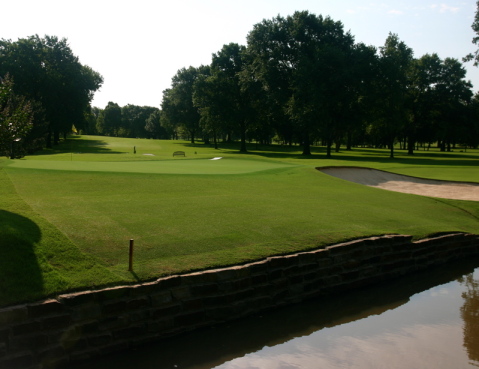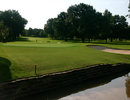"When the ball actually does something when it hits the ground -- when it rolls a bit after it lands -- that's when shotmaking matters."
/Geoff Ogilvy's contention in his chat with Jaime Diaz is that shotmaking is dead in large part not because of grooves or architecture or the ball, but because greens are too soft.
"The truth is that hitting it high and straight, with the equipment we have now and on the turf conditions we play, is the simplest option," he says. "It gives you less to think about, and sometimes on the golf course, thinking about less is good.
"But the big thing is that the reward for hitting the proper shot -- on a regular tour course -- is just not as great anymore. Off the tee you just look down the fairway and hit it, because it really doesn't matter where the ball ends up as long as it's in relatively short grass. Coming into the soft green, when the ball stops easily and it doesn't matter what side you miss it on, all of a sudden the perfectly shaped shot loses its relevance and becomes not worth the effort."
And...
"Especially at Augusta and the British Open, golf courses with really firm greens where it's really bad to miss it on the short side of the pin, that's when the reward for shaping is much greater. When the ball actually does something when it hits the ground -- when it rolls a bit after it lands -- that's when shotmaking matters."
Okay, here's a hypothetical I've been wanting to float for some time.
What if a course, in a quest to present firm greens for a championship, were to cover their greens at night the way a baseball crew covers the infield during a rain delay?
Is this an artificial intrusion, or simply a clumsier method of doing what the Sub-Air systems accomplish at courses with the system installed?
















